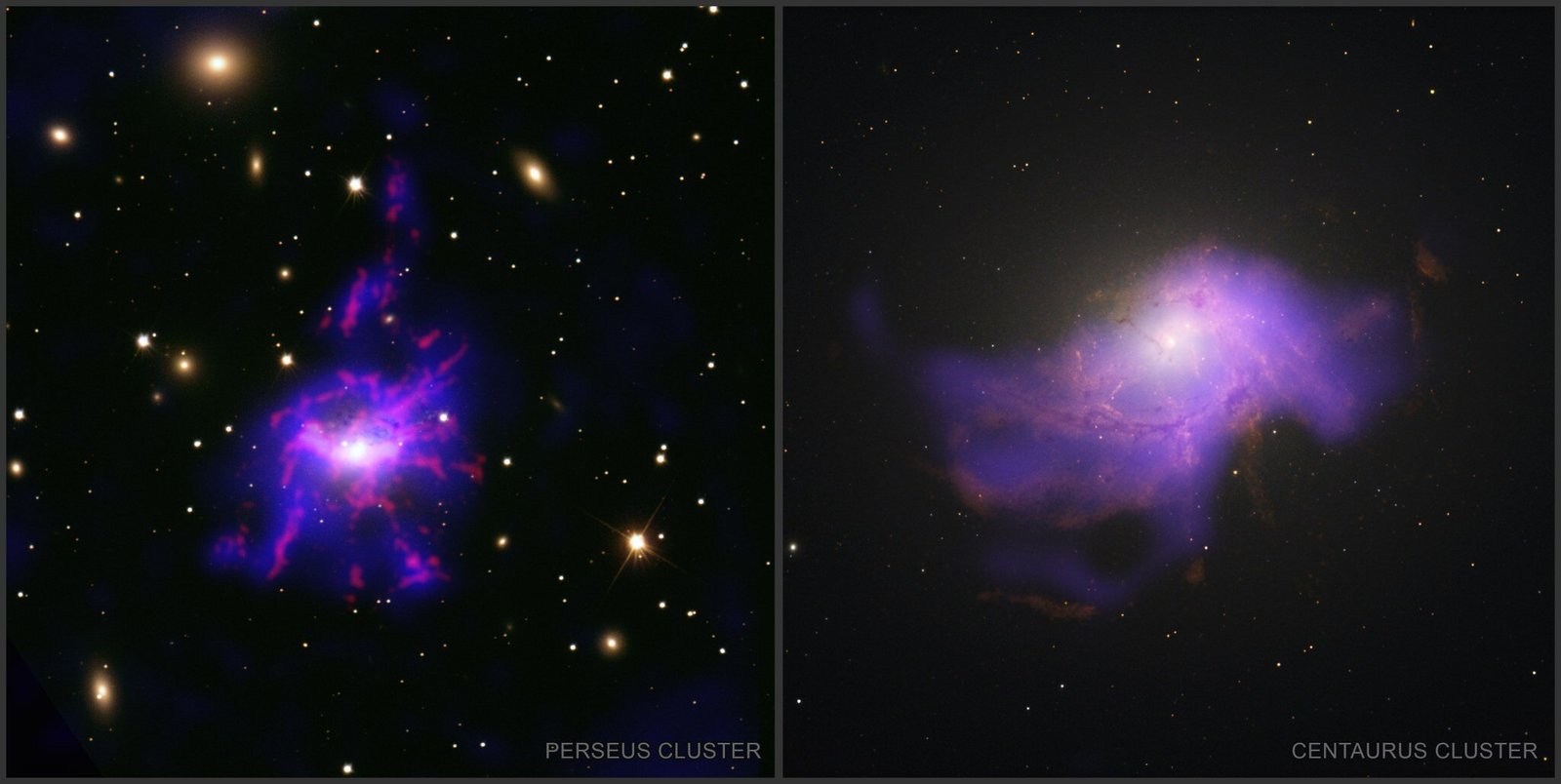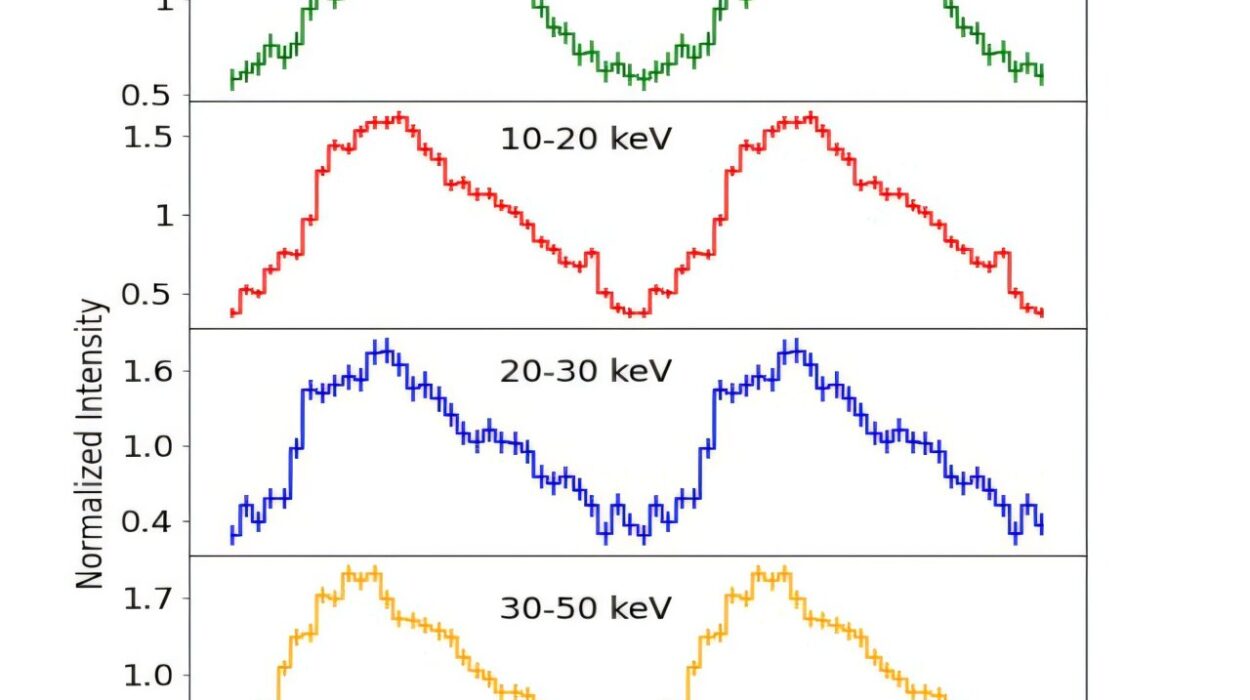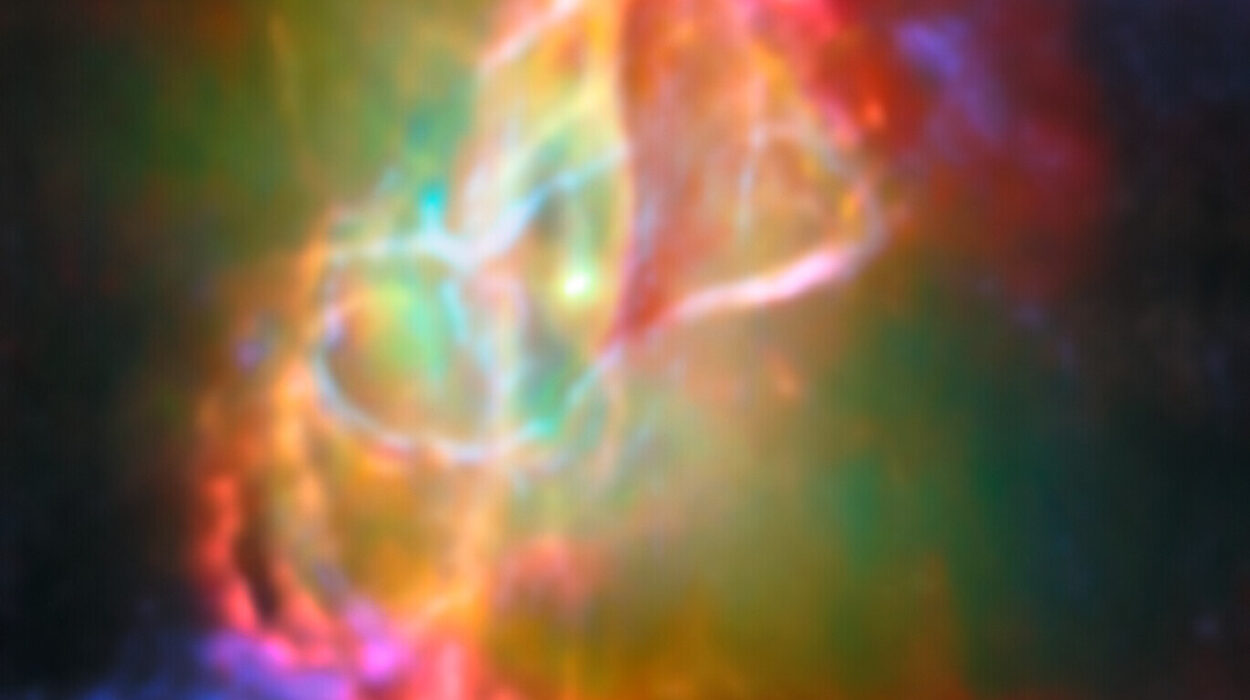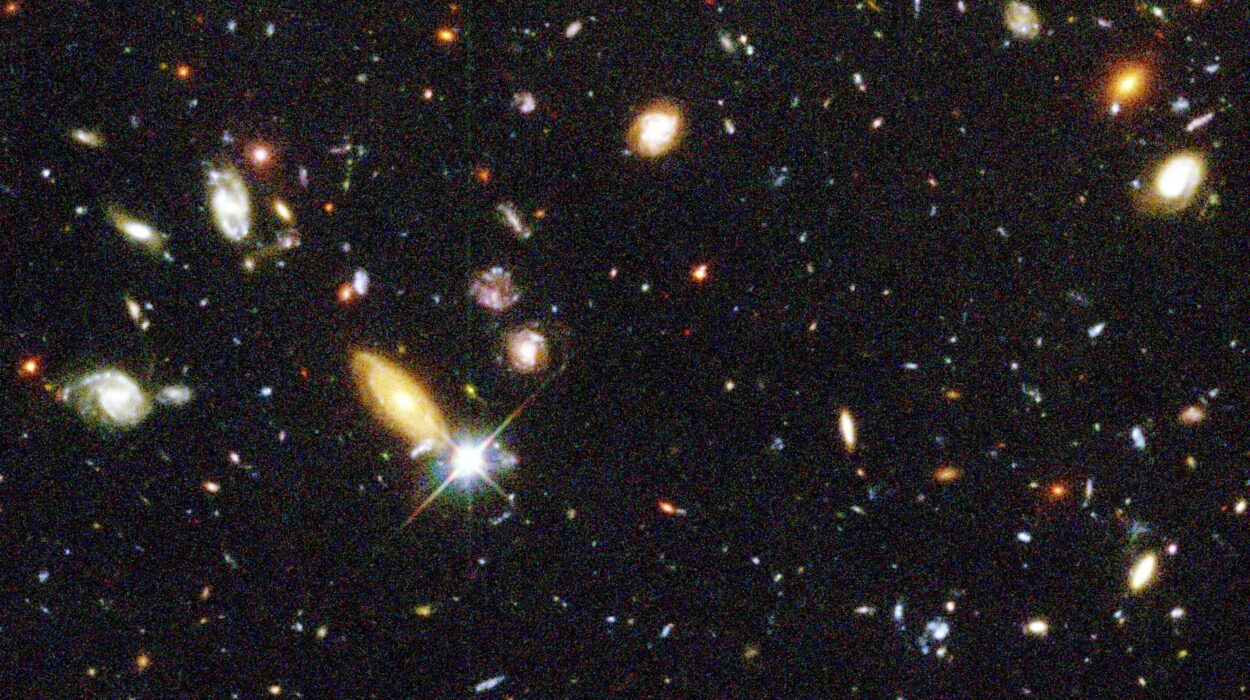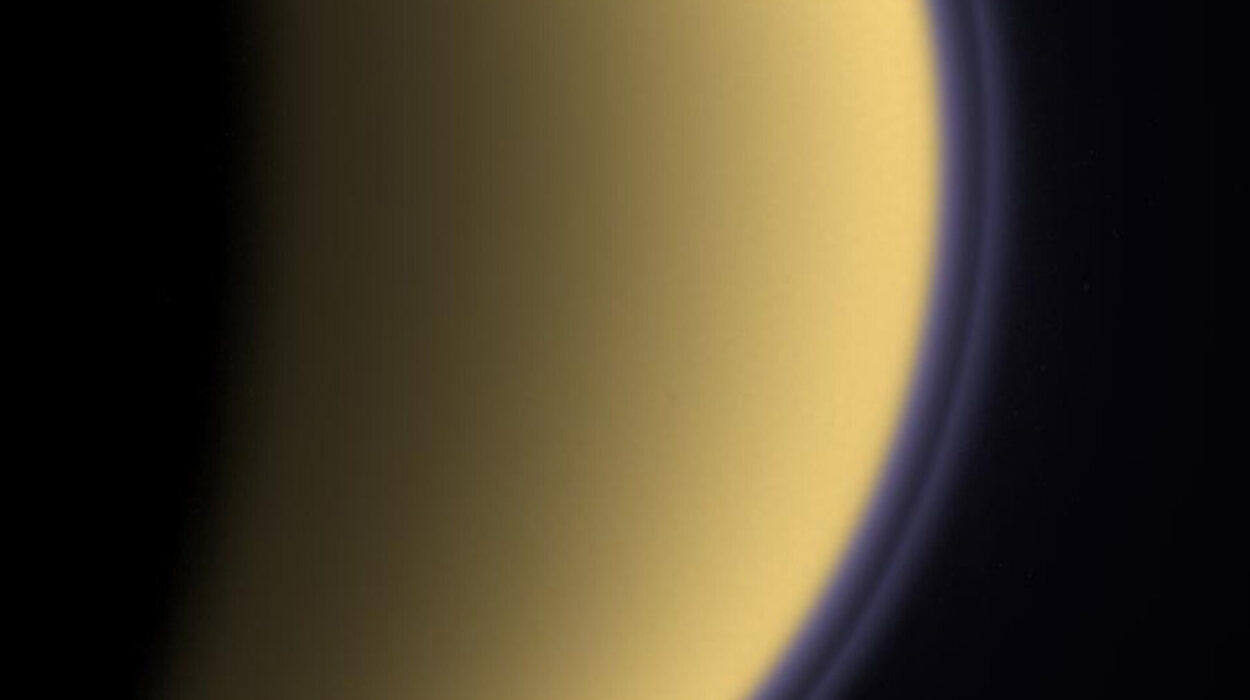Astronomers have made a significant advance in understanding how the most massive black holes in the universe sustain themselves by “creating their own meals.” By studying seven galaxy clusters, they have revealed compelling evidence suggesting that outbursts from these supermassive black holes play a crucial role in cooling surrounding gas and ultimately feeding the black holes. This newly discovered process could be one of the key mechanisms driving black hole growth.
The groundbreaking findings, published in Nature Astronomy, are based on data gathered from two powerful instruments: NASA’s Chandra X-ray Observatory and the Very Large Telescope (VLT) in Chile. These telescopes allowed researchers to observe various phenomena in clusters of galaxies, where some of the most massive black holes are located. These black holes, with masses ranging from millions to billions of times the mass of the Sun, are typically at the heart of the largest galaxies within these clusters.
The Nature of Black Hole Outbursts and Their Impact
At the core of most galaxy clusters are supermassive black holes that feed on the vast amounts of surrounding gas. These black holes, however, aren’t just passive consumers of gas. According to the new study, they actively shape the environment around them through “outbursts” — powerful jets or explosions driven by the black holes consuming gas. But these outbursts do not merely disperse energy; they play a surprising role in cooling down hot gas and even trigger the creation of new gas that can fuel the black hole’s growth.
The research team observed seven different galaxy clusters and their central black holes, focusing particularly on two: the Perseus Cluster and the Centaurus Cluster. These observations used Chandra X-ray Observatory data (shown in blue), which highlighted X-rays from hot gas filaments, and VLT optical data (shown in red), which revealed the cooler filaments. The results support a complex and dynamic interplay where the black hole’s jets are responsible for creating turbulent hot gas filaments, which in turn cool down, transforming into narrower, warmer gas filaments.
This gas, as the model suggests, eventually flows inward toward the galaxy’s core, feeding the supermassive black hole. As the gas feeds into the black hole, the black hole triggers another outburst, continuing the cycle of feeding and cooling. Essentially, the black hole’s outbursts regulate the inflow of gas, helping to sustain its growth and preventing it from running out of fuel.
Cooling and Feeding the Black Hole
The study found that outbursts from black holes have a double impact: they cool the surrounding hot gas and also cause the formation of warm, dense filaments of gas. Over time, these filaments become a potential source of new gas that can feed the black holes.
The new model suggests a link between the brightness of hot and warm gas within galaxy clusters. In regions with brighter hot gas, the surrounding warm gas also tends to be brighter. This correlation is crucial, as it provides empirical support for the model that outbursts from supermassive black holes lead to the formation and cooling of gas filaments, allowing the black holes to sustain themselves through a continuous cycle of feeding and releasing energy. This phenomenon has now been observed for the first time, marking a major milestone in the study of black hole dynamics.
This relationship is not just important for understanding how black holes feed; it could also offer new insights into how galaxies evolve. Gas-filled filaments are vital not only for feeding black holes but also for facilitating new star formation. The flow of gas between galaxies in these clusters contributes significantly to stellar formation. In this way, understanding how black holes manipulate the gas surrounding them is fundamental to understanding the life cycle of galaxies themselves.
Innovative Techniques to Isolate Hot Filaments
To isolate these essential gas filaments, the team employed an innovative technique that carefully analyzed the data from the Chandra X-ray Observatory. This method allowed them to focus specifically on the hot filaments, removing interference from other structures in the data, such as large cavities in the gas caused by the black hole’s jets. This analytical breakthrough played a pivotal role in making the critical connection between hot and warm gas filaments and supports the hypothesis that black hole outbursts influence the structure of surrounding gas.
Moreover, the newly discovered behavior of the gas filaments in galaxy clusters bears striking similarities to gas trails found in jellyfish galaxies, which have gas stripped away from them as they travel through intergalactic space. These jellyfish galaxies form long, trailing filaments of gas as a result of this gas stripping process. The resemblance between these two phenomena suggests that a similar underlying process — turbulence and cooling — could be shaping both types of filaments. This cosmic connection between the black hole feeding process and the jellyfish galaxy phenomenon is surprising and points to larger, shared processes in the universe.
The Role of International Collaboration
This research was led by Valeria Olivares from the University of Santiago de Chile, and brought together an international team of astronomers and physicists from institutions across the globe, including those in the United States, Chile, Australia, Canada, and Italy. The collaboration of these scientists allowed them to combine expertise in optical and X-ray astronomy and advanced simulation techniques to further understand the mechanisms driving these cosmic phenomena.
The team also employed the unique capabilities of the MUSE (Multi Unit Spectroscopic Explorer), an instrument located on the VLT, which is renowned for providing three-dimensional views of distant objects in space. With its capacity to resolve multiple aspects of galactic and black hole structures, MUSE has proven to be an indispensable tool in the study of gas filaments and black hole jets.
Looking Ahead
The findings from this study open new avenues for research into the behavior of supermassive black holes and their environment. They suggest that the relationship between black hole outbursts and the cooling of surrounding gas may be an ongoing and interactive process, rather than one driven purely by the passive inflow of matter. With new insights into how these processes work, astronomers will be able to build more accurate models to describe black hole growth, galaxy formation, and the evolution of larger cosmic structures.
This research also underscores the necessity of multidisciplinary approaches, combining both observational data from advanced telescopes and theoretical models, in unraveling the mysteries of the universe. As more data is collected and analytical techniques improve, scientists will continue to refine their understanding of the mechanisms governing the universe’s most enigmatic objects.
By offering new insights into how black holes feed and cool the surrounding gas, this study deepens our understanding of the cosmic environment and offers a fresh perspective on the intricate ways in which black holes shape their host galaxies.
Reference: Valeria Olivares et al, An Hα–X-ray surface-brightness correlation for filaments in cooling-flow clusters, Nature Astronomy (2025). DOI: 10.1038/s41550-024-02473-8
